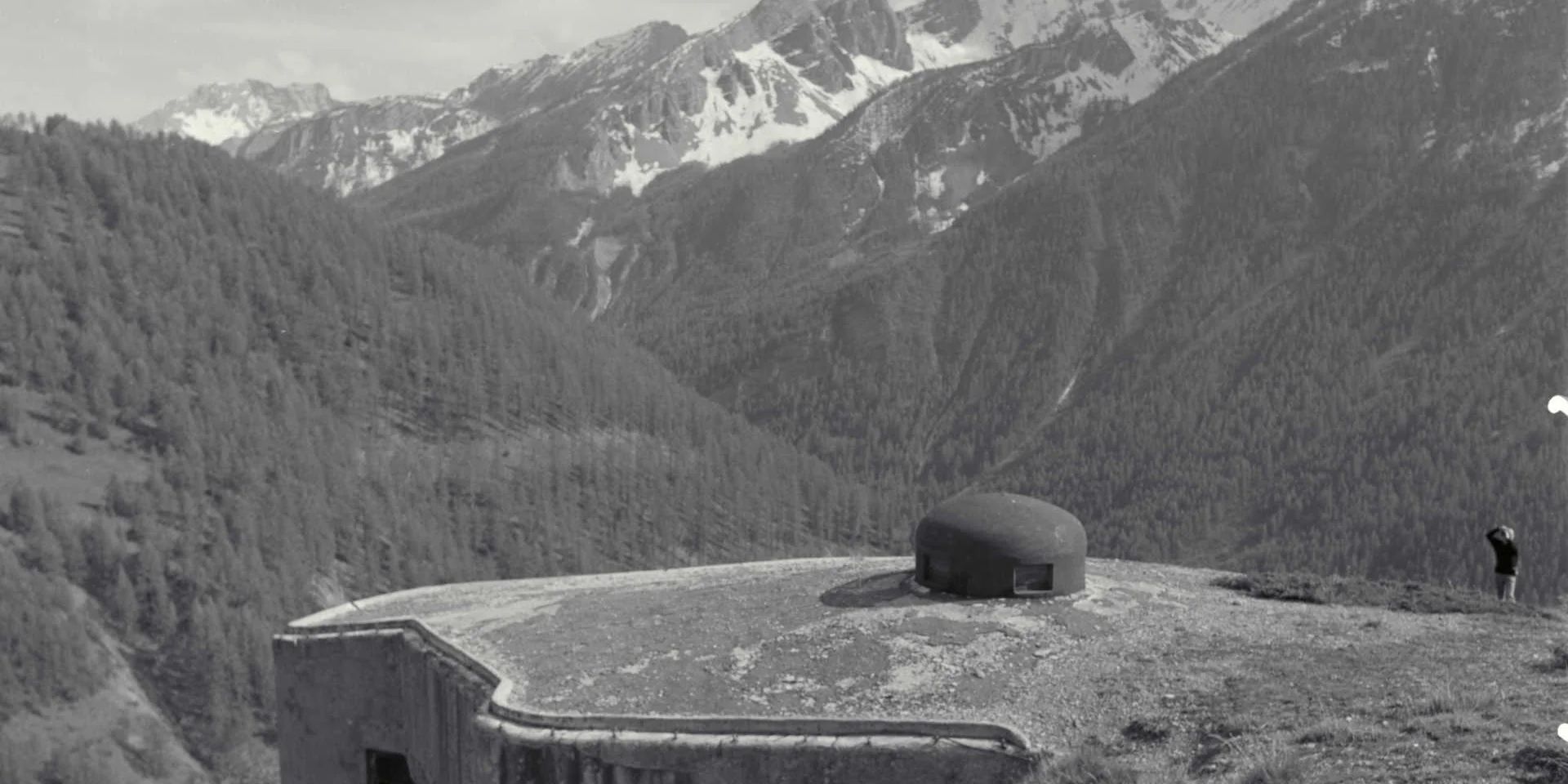La Croix-Valmer
Mémoire de la Libération du Littoral Provençal
La Croix-Valmer, an authentic Provencal village, famous for its protected coastline and its hiking trails, is one of the key places of the Provence Landing. Early in the morning of 15th August 1944, its beach which nowadays spells farniente, was the theatre of this historic event. A spectacular armada set sail for the peninsula of Saint-Tropez. The allied troops trod the fine sand of the beach before heading for Toulon and Marseille, via Cogolin. A few hundred metres from this emblematic beach, on the Square du Souvenir, the stele of the 1st Free French Division pays homage to the armies who liberated La Croix-Valmer, with help from the Brigade des Maures. It highlights the decisive role of the 1ère DFL headed by General Diego Brosset during WW2 and the Liberation of Provence. As the main unit of the Free French Forces led by General de Gaulle, made up of Europeans and soldiers from the colonies, its action was decisive in the Allies’ progress inland.
 Stele 1e Dfl Square Du Souvenir La Croix Valmer Regionprovence Alpescotedazur Inventaire General Fpauvarel
Stele 1e Dfl Square Du Souvenir La Croix Valmer Regionprovence Alpescotedazur Inventaire General Fpauvarel















